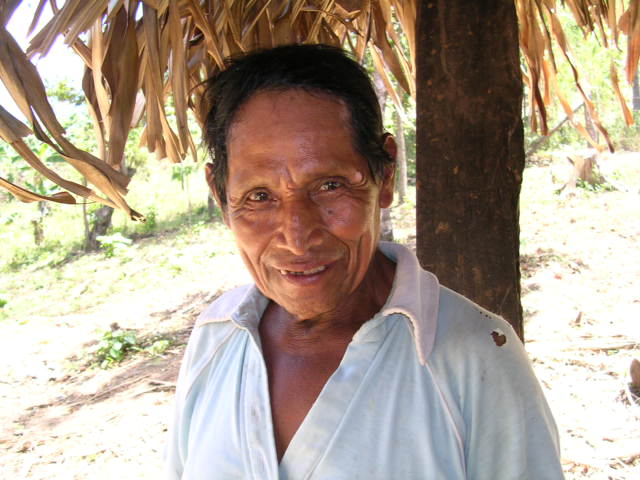January 13, 2005, one month short of his 15th birthday and 15 years after the end of the U.S.-funded contra war, in San Juan del Rio Coco (Department of Madriz), Edwin Uriel Gonzales Cornejo lost both hands, his right eye, and most of the sight of his left eye. His mother was working on a nearby farm when Edwin returned to his house with his aunt and sister around 8 am. He went inside looking for a flashlight and there on the kitchen table was a little something about half the size of an 8 ounce glass. Curious, he reached for it, opened it, and, in the safety of his own home, his life changed forever.
If the war ever ends in Iraq we keep wondering what will be happening there 15 years after the supposed "end of the war". In Nicaragua, the ongoing suffering from land mines, with 28,000 still needing to be located and destroyed, is just one example of the price that Nicaragua is paying for trying to institute, in the 1980s, a political and economic system that was not sanctioned by the U.S. government.

| Edwin
Uriel Gonzales Cornejo, with his
mother Luisa Amada, at the Aldo Chavarria Rehabilitation Center in
Managua, March 2005. |







